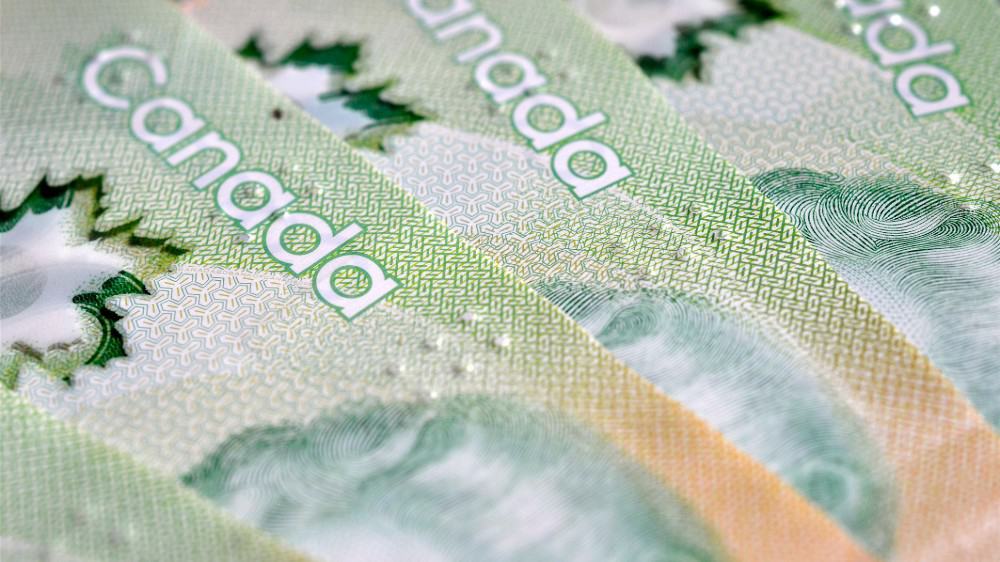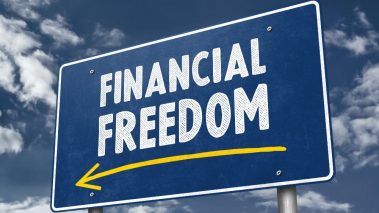Not all dividend ETFs are created equal. Some focus more on yield than they do on dividend sustainability, while others value a good spread of assets over everything else. The frequency of distribution might be quite important for investors as well, especially ones that are using the dividend ETF to start a passive income stream.
Monthly frequency is ideal, but it shouldn’t be the deciding factor. However, if almost everything else that two ETFs offer is relatively similar, then a monthly distribution frequency might trump a quarterly one.
The right approach when comparing different ETFs for dividends is to take all the factors into account; only then are you likely to find the top pick.
A low-risk ETF
With an MER of 0.7%, the Purpose Premium Yield Fund ETF (TSX:PYF) is not a top pick from a cost management perspective. But it might still be worth investing if it fulfills your dividend goals. The current yield it’s offering is 5.78%, and distributions are monthly. This ETF also comes with a reasonable and healthy ESG risk rating.
But dividends are the only thing this ETF offers. Its capital appreciation potential, while not non-existent, is not enough to attract investors. The dividends are its forte. The asset mix is quite interesting. Relatively few assets within the ETF are directly held by the fund, and a lot of put options are part of the mix. Cash-covered puts make up over 85% of the total portfolio weight, while the rest are equities.
A high-fee ETF
With an estimated annualized yield of 6.4% and a 12-month trailing yield of 5.1%, the Horizons Enhanced Income International Equity ETF Class E (TSX:HEJ) seems like a healthy enough dividend ETF. It also offers monthly payouts, so the frequency works out for investors seeking this ETF for a passive income. The capital appreciation potential is minimal, so the ETF has to be seen mostly through the dividend lens
The dividend-based return potential should also be contrasted with the cost you bear for investing in the dividends, and it’s one where the ETF doesn’t come out on top. The MER is currently 0.84%. So if you get 6.4% back via dividends, you will have to leave a hefty portion of it in fees.
The best part about the ETF is the geographic diversification it offers. The bulk of the portfolio weight is in the UK, Japan, and France.
Foolish takeaway
The two dividend ETFs can be quite useful elements of a passive income portfolio. They offer a lot of inherent diversification, especially the Horizon ETF, and while the fees are high, they might be bearable if you consider the sustainability trade-off. But if you are looking for decent payouts and capital appreciation, these two might not be the right ETFs for you.
The post 2 Top ETFs for Dividends appeared first on The Motley Fool Canada.
Should You Invest $1,000 In Horizons Betapro S&p/tsx 60 Inverse Etf?
Before you consider Horizons Betapro S&p/tsx 60 Inverse Etf, we think you’ll want to hear this.
Our S&P/TSX market doubling* Stock Advisor Canada team just released their top 10 starter stocks for 2022 that we believe could supercharge any portfolio.
Want to see if Horizons Betapro S&p/tsx 60 Inverse Etf made our list? Get started with Stock Advisor Canada today to receive all 10 of our starter stocks, a fully stocked treasure trove of industry reports, two brand-new stock recommendations every month, and much more.
Click Here to Learn More About Stock Advisor Canada Today
* Returns as of 1/18/22
More reading
- 2 Health Care Stocks Could Return at Least 50% in 1 Year
- 1 Volatile TSX Marijuana Stock to Avoid Holding in Your RRSP or TFSA
- TFSA Investors: Earn $202/Month Through These 2 Top Dividend Stocks
- Worried About the Stock Market? These 3 Cheap Stocks Are Safe as Milk!
- 2 Dividend Stocks to Buy in February 2022
Fool contributor Adam Othman has no position in any of the stocks mentioned. The Motley Fool has no position in any of the stocks mentioned.




 By:
By:





